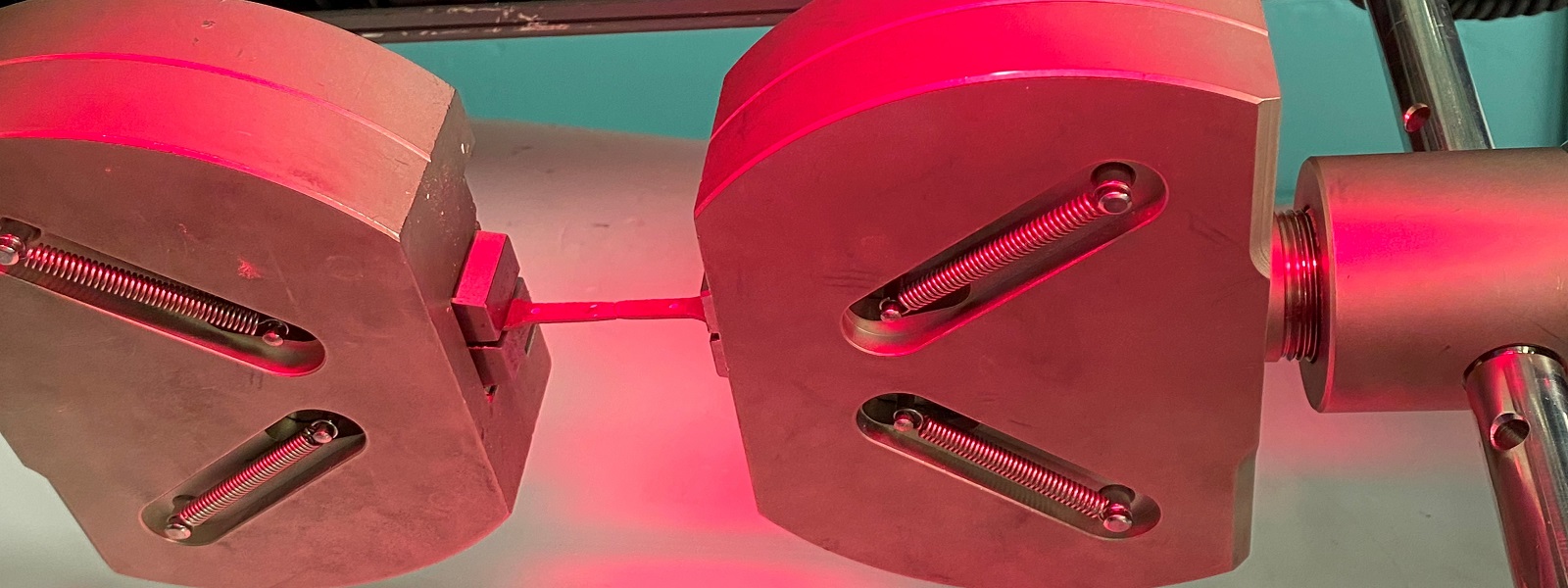Malt whisky can be stored in a cask for decades, and casks are often recycled after storing other liquids such as brandy or rum. This makes the casks a crucial factor for the quality of the whisky produced. The main body of the casks tends to be made from oak, with steel hoops (e.g. AISI 1044 medium carbon steel) to hold the casks in shape. The steel hoops are subjected to a high degree of stress throughout their use: when the cask is filled with liquid, the content of the cask exerts an outward pressure onto the cask and therefore, pressure is applied onto the hoops. Over time, these hoops become loose and need to be driven down the cask to remain taut, which introduces further stresses on the hoops.
This project aimed to understand the impact of these factors on the performance of whisky casks by finding a correlation between the mechanical properties and microstructure of the steel hoops.
Optical microscopy (OM), scanning electron microscopy (SEM) and glow discharge optical emission spectroscopy (GD-OES) were adopted to characterise the microstructure of the AISI 1044 steel hoops. The Vickers’ hardness and tensile properties of the steel were also investigated, comparing steel specimens in the as-received condition with those in the normalised condition (i.e. heated at 900°C for 5 minutes and then air-cooled to room temperature).
Generally, it was found that the normalising heat treatment improved the mechanical properties of the steel, with normalised specimens exhibiting higher values of hardness and ultimate tensile strength (UTS). This outcome was linked to the microstructural changes produced by the heat treatment such as grain refinement and increase of pearlite content, and to relaxation of the strain introduced by previous deformations (i.e. cold rolling).
Part of the investigation focussed on locating oxidation and inclusions in the steel and identifying areas of failure. Oxide inclusions were present in the steel, in both the as-received and normalised conditions. The specimens in the as-received condition did not exhibit any oxidation or corrosion; however, the normalised specimens did exhibit oxidation. No traces of zinc were found in any of the specimens as evidence of the galvanising process typically used for corrosion protection. It was therefore concluded that if there ever was zinc coating applied to the steel, it must have acted sacrificially to protect the steel from rusting.
There is the opportunity for us to further our research within this field, for example, to investigate the fatigue performance and identify an optimum composition, microstructure and heat treatment for the steel to withstand longer service.

